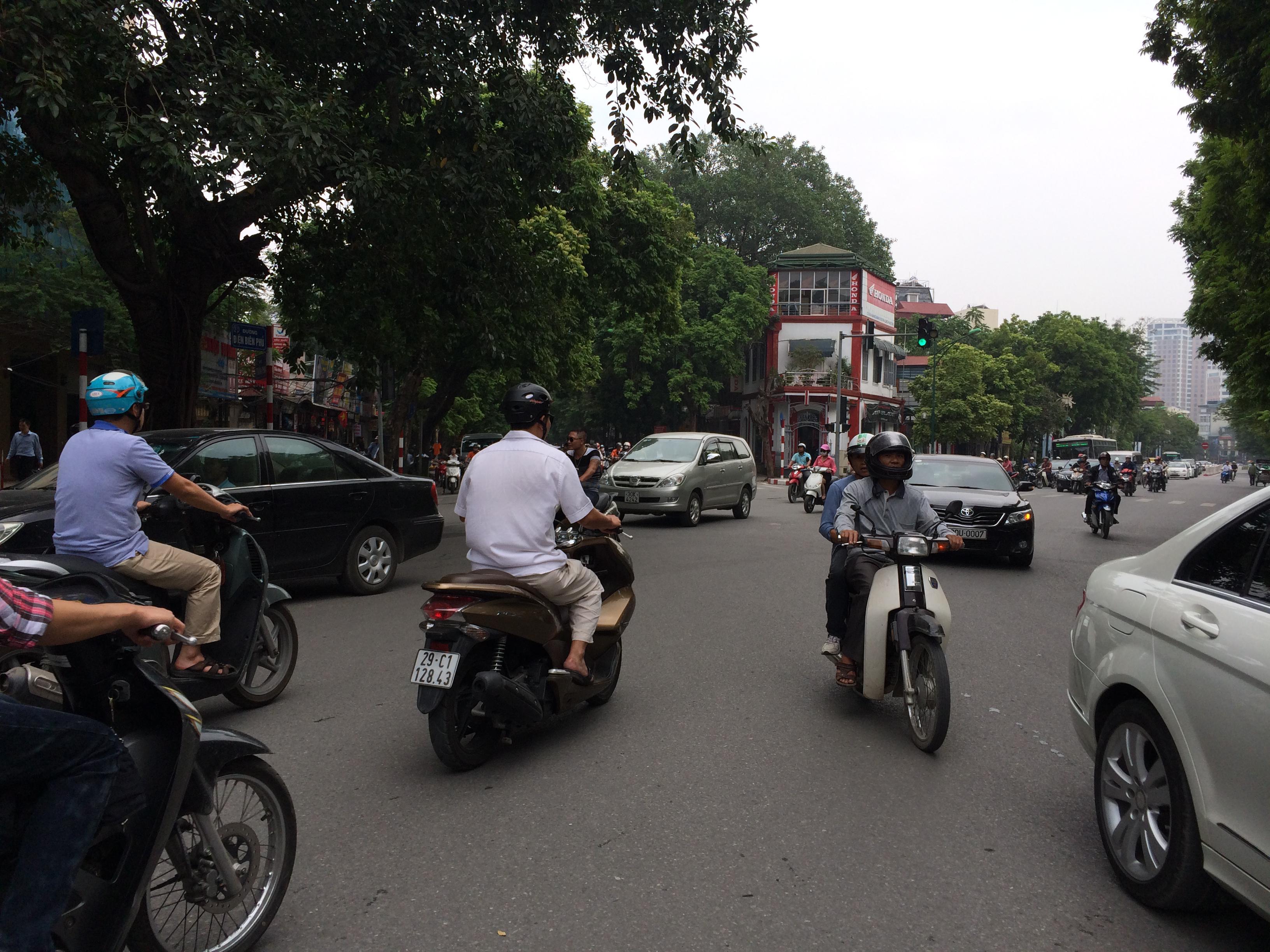Hello! I’m back from an extended vacation with my wife that took us to Singapore, Siem Reap, Hanoi, Ho Chi Minh City, and Hong Kong, and so naturally I’m feeling refreshed and non-cranky. And while the American political conversation is dominated by continued economic weakness, and foreign coverage is dominated by economic problems in Europe and political crises in the Middle East, from Asia things look quite a bit sunnier. The five cities I went to are quite different from one another in both deep and superficial ways—for starters, Singapore and Hong Kong are quite rich, while Siem Reap and to a lesser extent Hanoi are extremely poor—but something that they all have in common is that these are roughly the best of times.
As poor as Cambodia and Vietnam are, in other words, they’re both richer than they’ve ever been. They don’t have what you would call free, democratic, and accountable politics, but their political circumstances are greatly improved from the colonialism and brutal warfare that dominated their 20th-century histories.
And things are better still in the city-states. Singapore leads the world in millionaires, while Hong Kong’s handover to Chinese authority was perfectly timed for residents to take advantage of the ongoing economic boom. Both places have problems, to be sure, but per capita GDP is high, unemployment is low, and the outlook for continued growth is strong.
If you go around and look at things statistically, it turns out that the experience of visiting a handful of Asian countries on vacation is much more typical than the experience of living in the United States of America. Vietnam and Cambodia combine for about as many residents as Spain and Italy. And obviously these are the best of times for mainland China, whose population exceeds the United States and European Union combined. But it’s also the best of times for India, for Indonesia, and for large swathes of Latin America including Brazil and Mexico. Africa’s recent growth has been less impressive in per capita terms, but the continent is still richer than it’s ever been before and is making impressive gains in reducing childhood mortality.
Of course, to a certain cast of mind, the progress abroad only serves to paint the problems at home in an even darker light as it intensifies the loss of relative status and privilege by the North Atlantic middle class. Not only are the rich pulling away at the top, but a growing number of foreigners are closing the gap at the bottom. But it is a real contrast with the 1930s. The Great Depression was an economic catastrophe basically everywhere on Earth, unleashing years of financial misery and then engulfing the entire world in an awful military crisis. The Great Recession of 2008–2009 was also a more-or-less global phenomenon, but the Depression-esque years of subsequent stagnation have been much more localized. Most countries managed to either cope with the ininitial shock or else bounce back strongly in the aftermath. The result is that when the history of the world is written decades in the future, the current era is likely to be remembered broadly as a happy time of peace, prosperity, and “catch-up growth” rather than one of stagnation and misery.
